In the rugged landscape of ninth-century Scotland, Thorstein the Red carved out a reign marked by both ambition and peril. As the son of Olaf the White, King of Dublin, and Aud the Deep-minded, Thorstein was no stranger to power and strategy.
Thorstein the Red’s alliance with Earl Sigurd the Mighty led to numerous successful campaigns across Caithness, Sutherland, Ross, and Moray, positioning him as a formidable Viking chieftain.
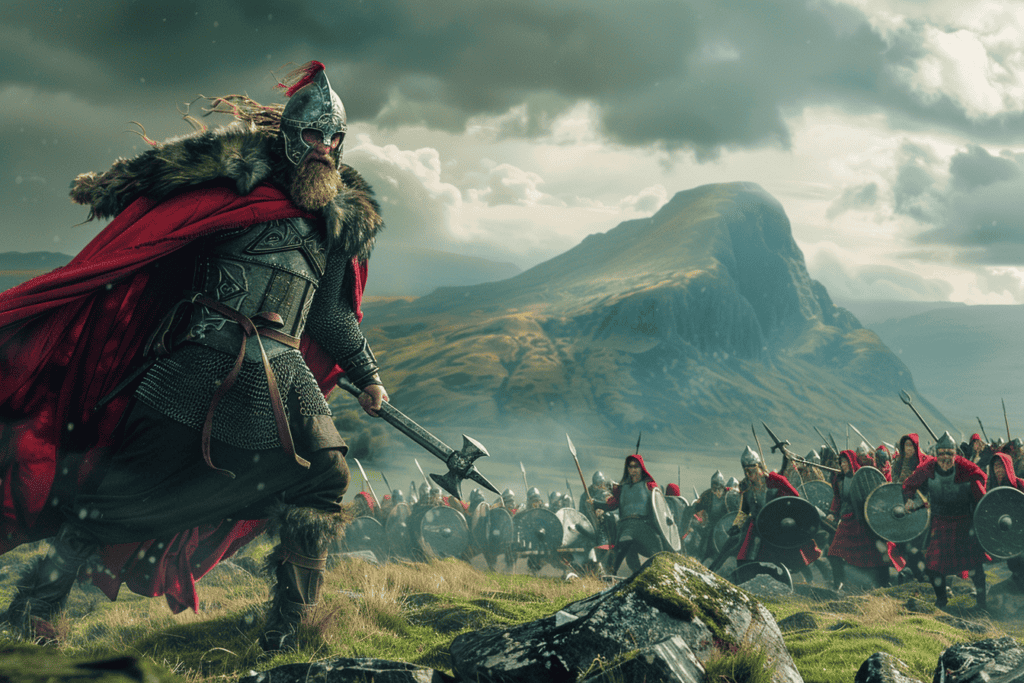
Despite his military prowess and territorial gains, Thorstein’s dominance in Scotland met a tragic and violent end. Trusting the wrong allies proved fatal when Scottish chieftains, threatened by his influence, orchestrated his betrayal.
The details of Thorstein’s death remain shrouded in mystery, but it likely occurred around 880 or 890 AD, amidst treachery and bloodshed.
Thorstein’s legacy, however, is intertwined with the dramatic ebb and flow of Viking presence in Scotland. Tales of his battles and his untimely demise continue to resonate, offering a vivid snapshot of the turbulent era where Viking ambition collided with Celtic resilience.
The Genesis of Thorstein’s Power
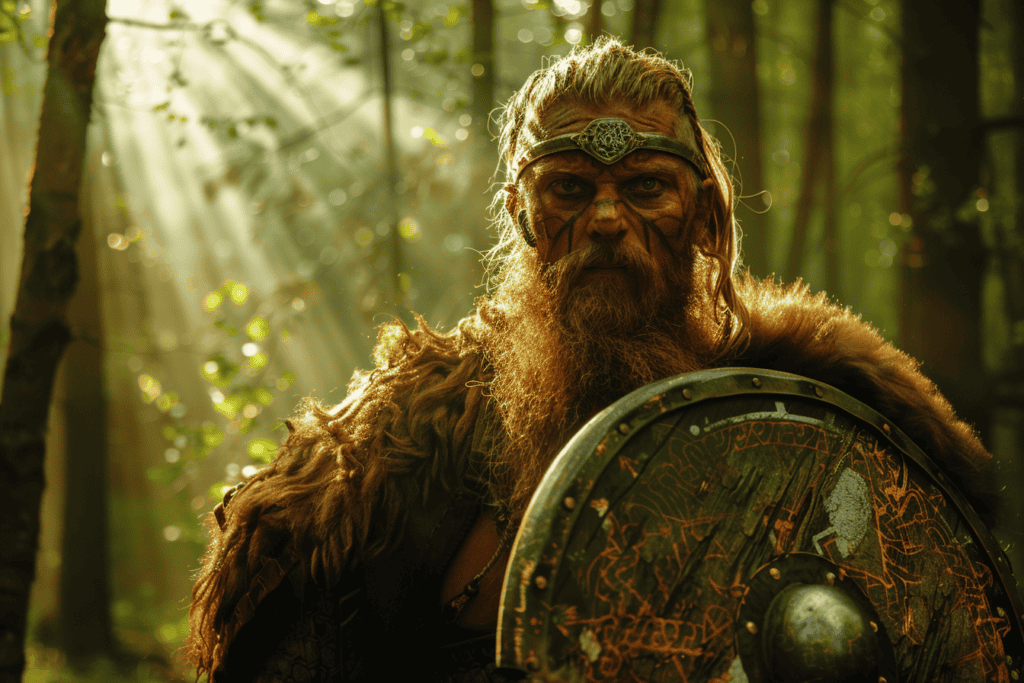
Thorstein the Red’s rise to power in Scotland is deeply rooted in his prestigious lineage and strategic alliances. His heritage and marriage played pivotal roles in his ascendancy, shaping his path to becoming a formidable Viking leader.
Ancestral Lineage
Thorstein the Red was the son of Olaf the White, the renowned King of Dublin, and Aud the Deep-Minded, a wise and influential figure in Norse history. Olaf’s conquests and rulership laid a foundation of power for Thorstein.
Aud, known for her intelligence and determination, ensured that Thorstein received a strong upbringing. After Olaf’s death, Aud led her family to safety, eventually settling in the Hebrides.
This strategic relocation provided Thorstein with a base from which he could launch his own campaigns.
Thorstein’s lineage gave him both the legitimacy and the resources needed to carve out his own dominion in Scotland.
Alliance and Ascendancy
Thorstein’s marriage to a local noblewoman in Scotland significantly bolstered his power. This union forged critical alliances, merging Norse and local Scottish interests.
Through these alliances, Thorstein expanded his influence, receiving support from various Scottish clans.
His military campaigns were marked by tactical brilliance. Thorstein quickly established himself as a formidable force, conquering territories and securing loyalty through strategic marriages and agreements.
Thorstein’s ascendancy was characterized by a blend of Norse valor and diplomatic acumen, cementing his legacy as a key figure in the Viking Age’s expansion into Scotland.
Expansion and Dominance Of Thorstein’s Reign
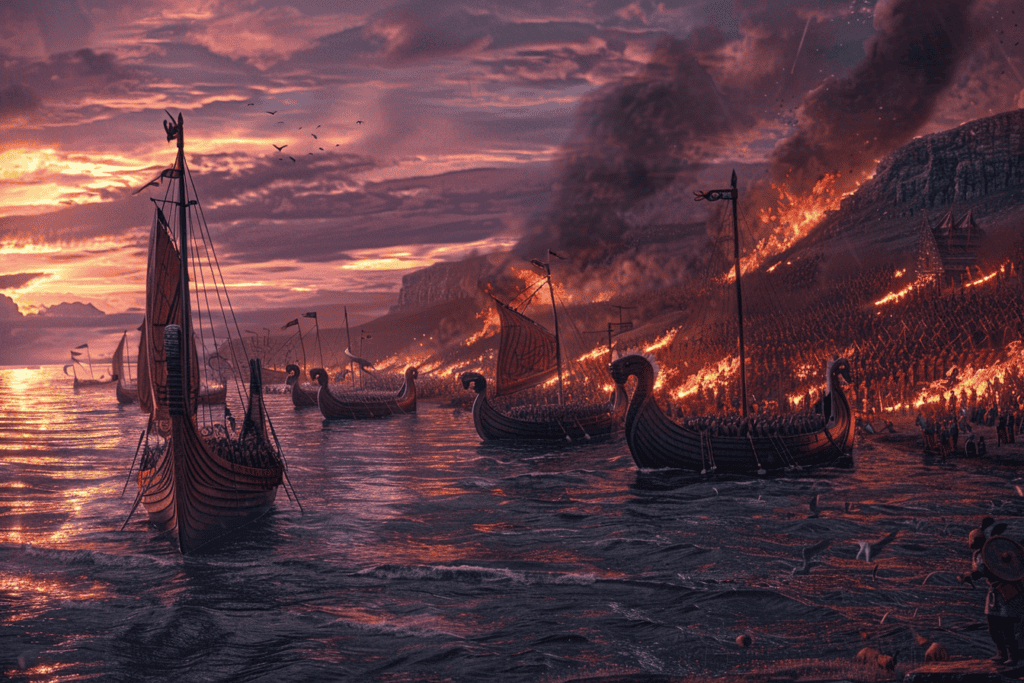
Thorstein the Red, expanded his realm through a series of successful campaigns. His dominance stretched over many regions, including Ross, Caithness, Moray, and Sutherland.
These territorial gains were achieved through strategic alliances and fierce battles. Thorstein’s forces often outmaneuvered local chieftains, enabling him to seize control of half of Scotland.
His ability to lead and inspire his warriors played a crucial role in these conquests. Thorstein’s influence in these regions signified a power shift, with Viking rule bringing about changes in local governance and defense strategies.
Scottish Chieftains’ Tribute
Following his victories, Thorstein the Red secured the loyalty of Scottish chieftains by imposing tributes. These tributes were payments or offerings made in acknowledgment of Thorstein’s supremacy.
By collecting tributes, Thorstein not only enriched his coffers but also established a network of controlled territories. The tribute system ensured stability and loyalty, reducing the likelihood of rebellions.
Chieftains from regions like Moray and Caithness were particularly impacted, as they regularly contributed resources to Thorstein’s growing wealth. This network of tributes underlined the extent of his dominance and the effectiveness of his rule over the Scottish territories.
Key Battles and Campaigns

As a region with rich resources and strategic importance, Caithness became a focal point of Thorstein’s military efforts.
He led his forces against local rulers who resisted Viking control. These battles were not just about territorial gains but also about establishing authority and securing resources for his followers.
Though initially successful, these skirmishes exacerbated tensions with local populations.
Thorstein’s aggressive tactics in Caithness demonstrated his capability as a leader but also sowed the seeds of mistrust among other Viking chieftains and local lords.
Thorstein’s Fateful Final Battle
The culmination of Thorstein the Red’s military career came in a fateful battle that led to his tragic end. Encouraged by earlier successes, Thorstein overreached, attempting to extend his dominion further inland.
It was during one of these ambitious campaigns that he faced a formidable coalition of local chieftains.
Led into a trap, Thorstein and his warriors fought bravely. However, they were outnumbered and outmaneuvered.
Despite his strategic acumen and combat prowess, Thorstein succumbed to injuries sustained during the battle. This defeat not only ended his life but also marked the decline of Viking influence in the region.
Thorstein’s final campaign remains a testament to his leadership and the fierce resistance he encountered from local powers.
Thorstein’s Legacy and Lineage
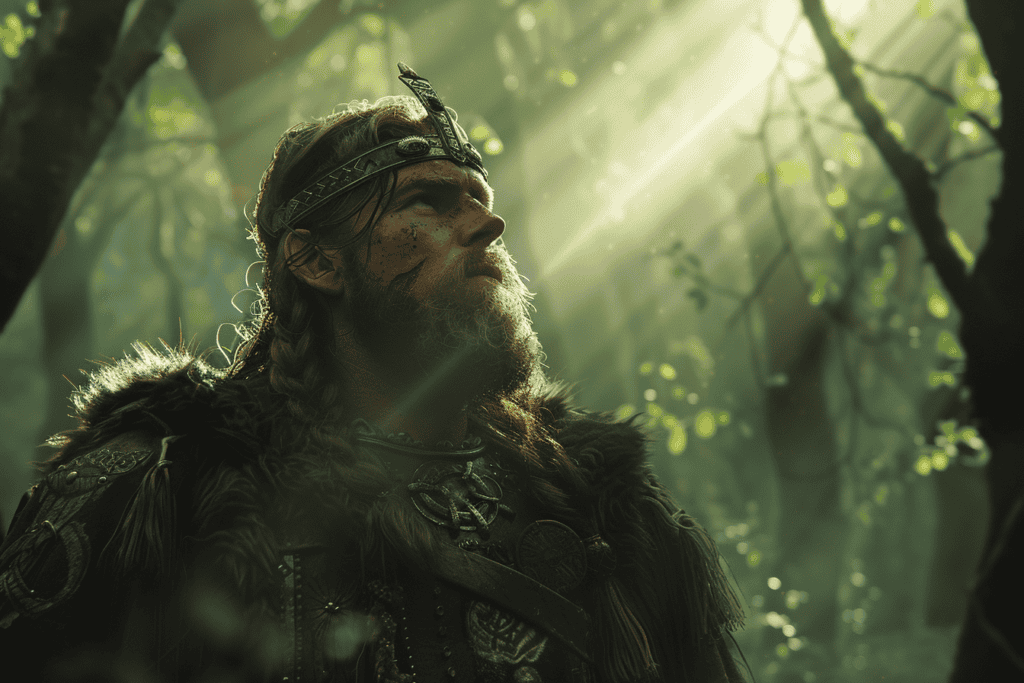
Thorstein the Red’s impact extended far beyond his own time, influencing both his direct descendants and the broader Viking culture. His legacy can be traced through his children and the significant roles they played in shaping Viking history and lore.
Thorstein Olafsson, known as Thorstein the Red, fathered several children who continued his legacy. His known offspring included Groa, Gro, and Thorgerd.
His sons and daughters significantly impacted the regions they settled.
One of Thorstein’s daughters, Groa, played a notable role in marrying into influential families, further extending Thorstein’s influence. Groa’s connections helped solidify strategic alliances. His son, Sigurd, also held significant positions, ensuring Thorstein’s lineage remained prominent.
Thorstein’s children, particularly the sons, took on leadership roles that allowed them to continue the family’s influence in Viking society. Their achievements in both war and governance would be remembered in sagas and oral histories.
Influence on Future Generations
Thorstein’s descendants, including his grandson through Groa, continued to play roles in shaping Viking narratives. His legacy is detailed in Icelandic sagas like the Laxdaela Saga.
Unn, Thorstein’s mother, also had a profound effect on his lineage. After his death, she settled in Iceland and played a crucial role in establishing communities there, ensuring Thorstein’s family’s prominent status continued.
Additionally, his influence extended through marriages and strategic alliances, connecting with powerful families. These connections helped maintain and expand the socio-political influence of his progeny.
Thorstein’s legacy, encapsulated in his children and their impact, highlights the enduring importance of family lineage in Viking society. It reflects how personal achievements could shape broader historical trajectories.

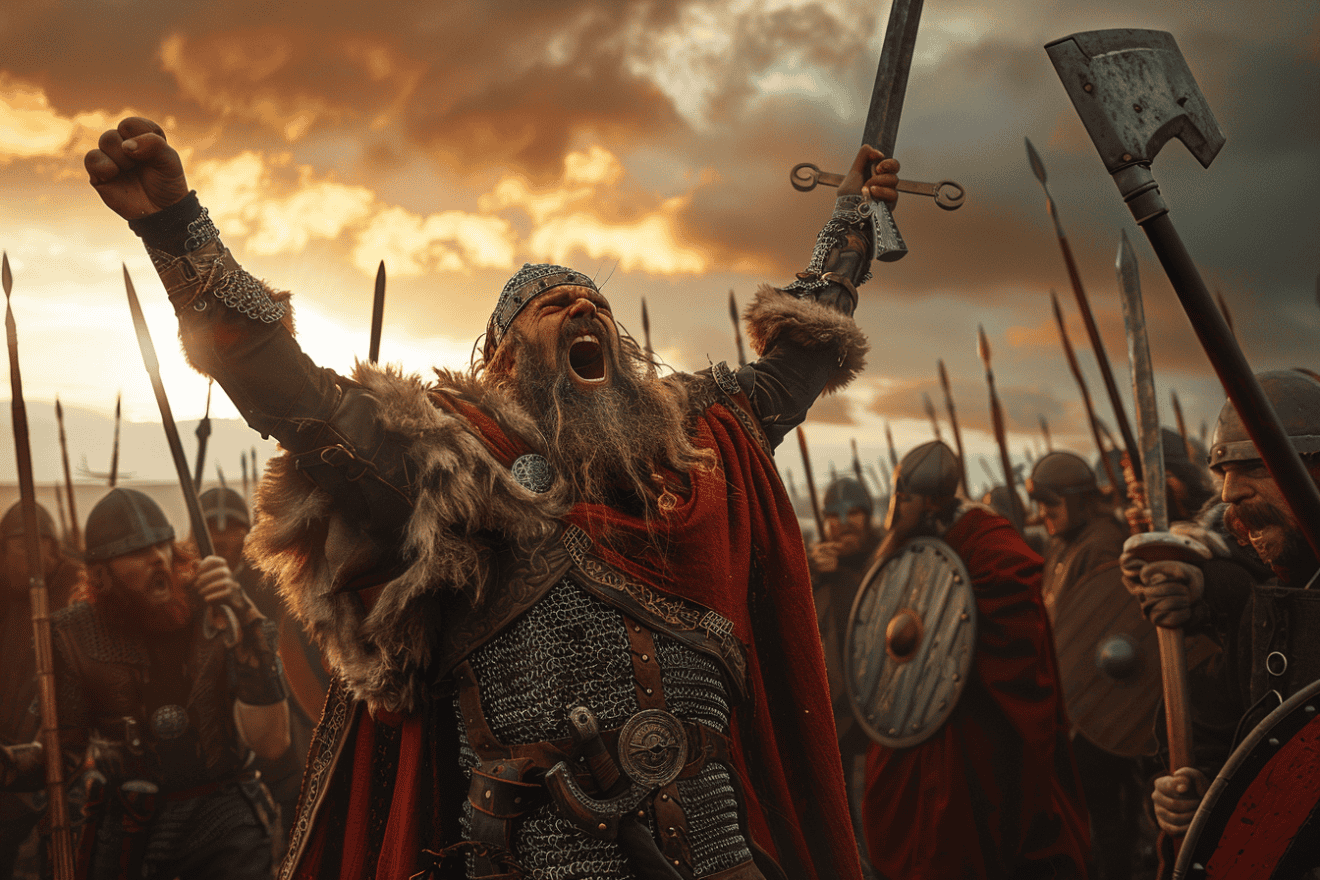








Add Comment